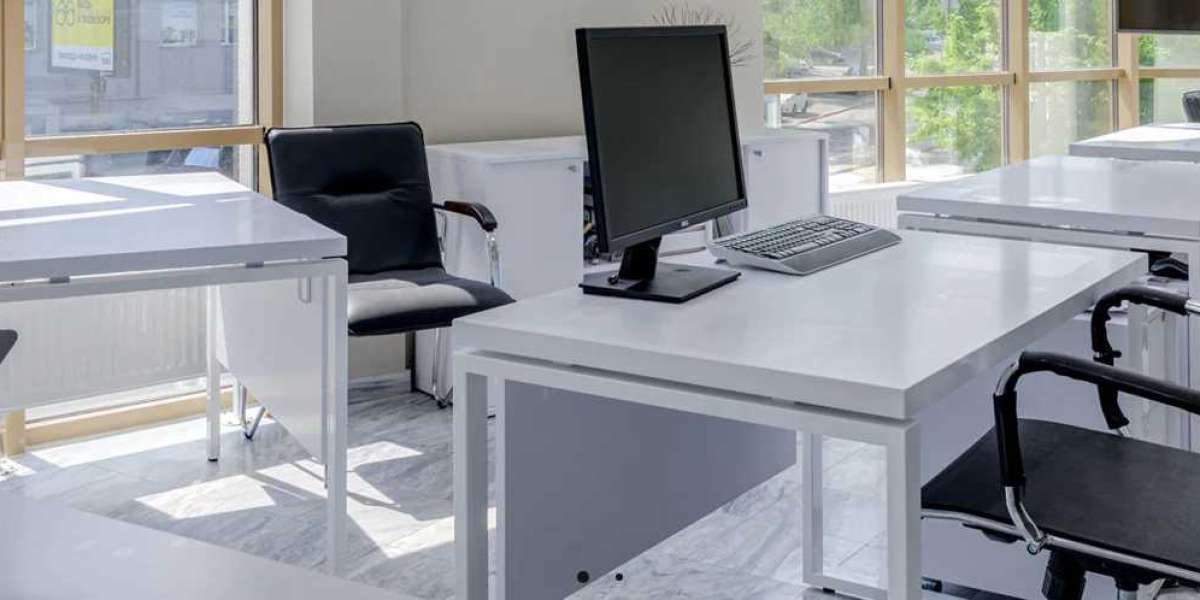As businesses increasingly prioritize sustainability, the demand for eco-friendly office furniture has risen sharply. Sustainable office furniture not only supports environmental responsibility but also contributes to a healthier and more aesthetically pleasing work environment. Here are some sustainable office furniture options to consider for a modern, eco-conscious workspace.
1. Recycled and Reclaimed Materials
Furniture made from recycled or reclaimed materials is a cornerstone of sustainable office design.
- Recycled Plastics: Chairs, desks, and accessories made from recycled plastics reduce waste and the demand for virgin materials.
- Reclaimed Wood: Utilizing wood from old buildings, barns, and other sources adds a unique character to furniture while conserving forests.
Benefits:
- Reduces Landfill Waste: Keeps materials out of landfills and reduces the environmental impact of waste.
- Conserves Natural Resources: Lessens the demand for new raw materials, preserving natural resources.
2. Bamboo Furniture
Bamboo is a rapidly renewable resource, making it an excellent material for sustainable office furniture.
- Desks and Chairs: Bamboo can be crafted into sturdy, stylish desks and chairs.
- Storage Solutions: Shelves and cabinets made from bamboo are both functional and eco-friendly.
Benefits:
- Rapid Growth: Bamboo grows much faster than traditional hardwoods, making it a highly renewable resource.
- Durability: Bamboo is strong and durable, ensuring long-lasting furniture.
3. Non-Toxic Finishes and Adhesives
Using furniture with non-toxic finishes and adhesives promotes a healthier indoor environment.
- Low-VOC Paints and Stains: Furniture finished with low-VOC (volatile organic compound) products minimizes harmful emissions.
- Natural Oils and Waxes: These alternatives to synthetic finishes are biodegradable and safe.
Benefits:
- Improved Air Quality: Reduces the release of harmful chemicals into the air, promoting better indoor air quality.
- Healthier Workspace: Minimizes the risk of health issues related to toxic chemical exposure.
4. Modular and Flexible Furniture
Modular furniture systems are inherently sustainable due to their adaptability and reusability.
- Modular Desks and Workstations: These can be reconfigured as needs change, reducing the need for new furniture.
- Interchangeable Components: Parts can be replaced or upgraded without discarding the entire piece of furniture.
Benefits:
- Longevity: Extends the life of furniture by allowing easy updates and reconfigurations.
- Reduced Waste: Minimizes the need to dispose of entire furniture pieces when only parts need updating.
5. Locally Sourced Furniture
Purchasing furniture from local manufacturers reduces the carbon footprint associated with transportation.
- Custom Pieces: Local craftsmen can create bespoke furniture tailored to specific office needs.
- Sourcing Local Materials: Utilizing locally sourced materials further enhances sustainability.
Benefits:
- Supports Local Economy: Encourages the growth of local businesses and artisans.
- Reduced Emissions: Lessens the environmental impact of transportation and logistics.
6. Certified Sustainable Furniture
Look for furniture certified by recognized environmental organizations.
- FSC-Certified Wood: The Forest Stewardship Council (FSC) certification ensures wood is sourced from responsibly managed forests.
- Cradle to Cradle Certification: This certification evaluates products based on their environmental impact throughout their lifecycle.
Benefits:
- Assured Sustainability: Certifications provide assurance that furniture meets stringent environmental standards.
- Ethical Sourcing: Guarantees that materials are sourced ethically and sustainably.
7. Vintage and Upcycled Furniture
Repurposing vintage and second-hand furniture is a highly sustainable option.
- Refurbished Pieces: Old furniture can be updated with new finishes or upholstery to meet modern office aesthetics.
- Creative Upcycling: Transforming items like pallets or industrial remnants into unique furniture pieces.
Benefits:
- Resource Efficiency: Utilizes existing materials, reducing the demand for new resources.
- Unique Aesthetic: Offers a distinctive look that can add character to the office.
Implementing Sustainable Furniture in the Workplace
To integrate sustainable furniture into your office, consider the following steps:
1. Assess Current Needs
- Evaluate your current furniture and identify areas where sustainable options can be introduced or existing pieces can be upgraded.
2. Research and Source
- Investigate suppliers and manufacturers that specialize in sustainable office furniture and check for certifications like FSC or Cradle to Cradle.
3. Educate and Involve Employees
- Inform employees about the benefits of sustainable furniture and involve them in the selection process to ensure the new furniture meets their needs and preferences.
4. Plan for the Future
- Choose modular and flexible furniture systems that can adapt to future changes in the office layout or size.
Conclusion
Adopting sustainable office furniture is a vital step towards creating an eco-friendly and productive work environment. By choosing furniture made from recycled and reclaimed materials, bamboo, non-toxic finishes, modular designs, and locally sourced or certified options, businesses can significantly reduce their environmental impact while promoting employee health and well-being. Investing in sustainable office furniture not only reflects a commitment to environmental responsibility but also contributes to a more dynamic, adaptive, and aesthetically pleasing workplace.








